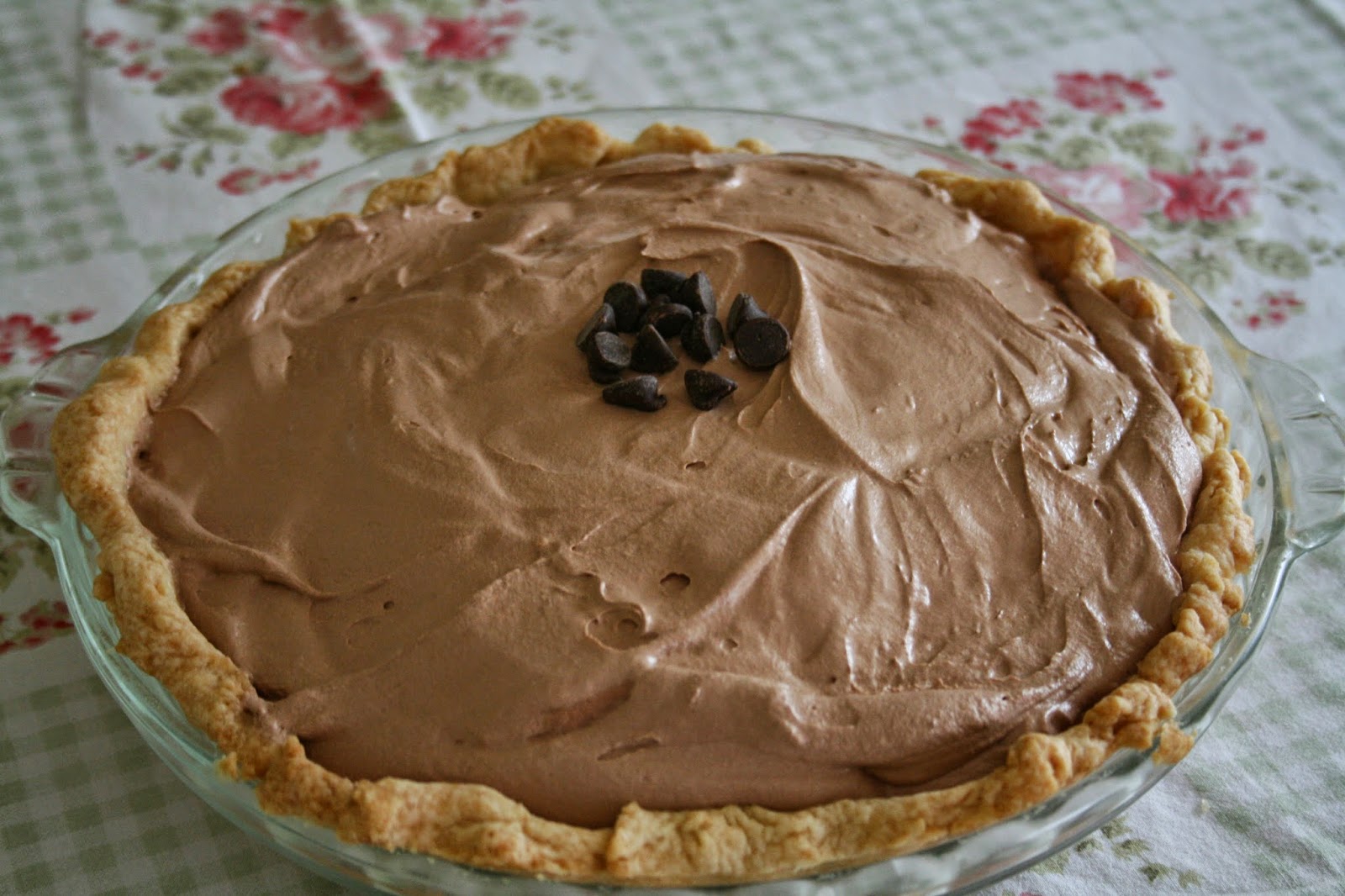PROJECT PATISSERIE: Adventure #15
One of the biggest injustices in the world, I think, is that
sugar and butter aren’t diet foods.
My favorite quote on the subject comes from Jim Davis (for
all those Dallas fans out there, he
played the family patriarch Jock Ewing.) Mr. Davis said “It’s recommended that
we eat at least three servings of vegetables a day. I suggest carrot cake,
zucchini bread, and pumpkin pie.” If I ever get myself together and open a
bakery, that quote will be prominently displayed somewhere on the premises.
Pumpkin pie, indeed.
With bathing suit season upon us, this week is all about a
healthier option (mind you, I didn’t say “healthy”, just “healthier.” )While
I’m no nutritionist, I would think that a few dabs of butter (instead of 4
sticks of it) and fresh fruit (instead of sugary jam) are healthier options,
but to paraphrase Albert Einstein, it’s all relative!
I had great plans of baking a beautiful Southern-style
strawberry cake this weekend (yes, I’m still on my strawberry kick!) but
unfortunately the weekend’s plans didn’t allow for two leisurely hours in the
kitchen, so I turned to my tried-and-true open-faced plum cake recipe. The
occasion was the pancake breakfast and a bake sale at the Methodist Church in
Omar. In my mind, the bake sale was on Sunday morning and I knew that I would
have time to bake on Saturday afternoon.
I’ve been making this open-faced plum cake for a few years
now. It’s delicious, takes very little prep work, and is done in a New York
minute! It also reminds me a bit of a Czech open faced cake called a Bublanina that uses fresh, pitted
cherries, or blueberries in place of the plums.
So, Saturday afternoon comes around and I settle in to make
the cake. I’m measuring out ingredients, pre-heating the oven, and slicing the
plums, happy as a lark to be in the same kitchen with my Mama (she lives in
Baltimore, so we don’t get to cook together all too often) when suddenly I look
at the calendar. The church bake sale was happening on the morning of the 7th,
that would be Saturday, the 7th of June- not Sunday. The bake sale
was already over! If my hands weren’t
all juicy from the plums I was slicing I would have slapped myself on the
forehead! I used to have an awesome memory- that is, before I had children.
Something about having two little ones running around the house has wrecked my
short term memory completely. “Baby Brain” strikes again!
Alas, the cake didn’t make it to the church bake sale as
intended, but I guess being stuck with something delicious and homemade isn’t
the worst thing that could happen- bathing suit season or not!
Open Faced Plum
Cake
Preheat oven to 400 degrees Fahrenheit. Butter a 9 inch
spring form pan or pie dish. Whisk together
1 ½ c. of flour, 2 tsp. baking powder, and ½ tsp. salt. In a separate
bowl, combine ¾ c. sugar, ½ c. of whole milk, ¼ c. of vegetable oil, and 1
large egg. Fold the wet mixture into the
flour mixture and stir until evenly mixed. Pour the batter into the prepared
dish and smooth the top.
This next part is open to artistic interpretation: the plums.
I’ve made this cake with apricots as well. Although I’ve never tried it, I
imagine that pitted peaches would be lovely, too. The recipe I used directs the
chef to pit and halve six black plums and arrange them cut sides up over the
batter, pressing them down into the batter lightly. I was feeling creative that
day and instead of halving them, I cut each pitted half into quarters ad
arranged them in a sun burst pattern. How the chef arranges the fruit doesn’t
affect the baking time at all so feel free to let your culinary inspiration
flow!
Combine ¼ tsp of cinnamon with 1 Tbsp. of sugar and sprinkle
over the top of the batter, dot with a little bit of butter and bake until the
cake is golden brown and passes the toothpick test- about 30 minutes or so. The
cake is best the same day that it comes out of the oven, but it’s pretty good
the next day, too- if it lasts that long!


.JPG)
.jpg)








